
Multiple articles and research show just how important acquisition of reading skills is, particularly for very young learners. Development of these skills turns emerging readers into independent and fluent readers for life, adding to their global competency, future job prospects, and overall quality of life. Every parent/teacher chooses to introduce the reading habit to the child/student in their life. What happens, though, if an otherwise enthusiastic child suddenly shows a definite reluctance to read? How do you entice young children to make an effort to pick up a book?
Take help from the below tried-and-tested steps, to help you inculcate a reading habit in your little learners:
#1: Create The Perfect Reading Spot.
Finding the perfect book for emerging readers will take experimentation and time, but as adults, you can ensure they are prepared for this experience by setting aside a dedicated reading space to call their own, inside homes and classrooms. Add comfortable pillows, blankets, and bright lighting. Fit in a desk full of books at a height they can easily reach, and voilà, you have a junior reader’s paradise!
#2: Teach By Example.
Your kids look to the closest adults to teach them things, which, more often than not, is you. So pick up a book, and show your kids how much fun reading can be. When they see you reading, it will automatically encourage them to try it themselves.

#3: Take Reading To The Next Level.
Forcing your kids to read can make them view the reading habit, which is already hard enough to acquire, as a major chore. Use various tricks and activities to show them that the reading habit is more than just reading, it is exploring new worlds, meeting new characters, and learning new things.
Introduce a new story using life-like images and sound effects (you can get these on the internet; just check the terms of usage).
Encourage more interaction by reading through live-action ‘stage shows’ with your kids acting out their favourite part of a book.
Change up their reading routine slightly; make them read the story aloud to you. Their pronunciation gets a huge boost, along with their confidence level.
Host storytelling competitions amongst the children; the winner gets an extra half hour of playtime with Square Panda, or gets a snack of their choice.
#4: Get A Daily Dose Of Reading In With Square Panda.
Even the most resistant learners will never say no to Square Panda play-learn time! With educational games and an early reading app that is perfect for kids as young as 2 till the age of 8, combined with adaptive technology that personalises according to an individual child’s learning level, you could not ask for more! Additionally, our educational screen time is backed by a curriculum that is completely research-based.

Little girl playing early education games with Square Panda 
Little child learning to read with Square Panda
#5: Ease Up On The Pressure.
Children shouldn’t like reading just because the adults in their life do, nor do they have to read the same books you favour. In fact, the more choice they feel they have in choosing how, when, and which books to read, the more likely they are to turn into fluent and confident readers for life. Let them discover their own likes and dislikes. Children will be more inclined to become lifelong readers if they are not forced into it. Give them as many different reading options as you can, like, different genres of books, special reading apps, kid-friendly podcasts, and more.
#Bonus Point: Discuss What You’ve Read.
Take a minute to chat about what you just read, whether it was the label on a toy box, or a magazine cover, or even a picture book. Have an open conversation with much structure, so it doesn’t resemble a lesson in any way. Open-ended questions like ‘Why do you think Pan sat on the mat?’ can encourage children to reason with you, asking them to recall a certain page can help their memory. This task has the added benefit of helping develop vocabulary skills, further leading down the path to reading success.
Remember that each child learns to read differently. Let them set their own pace. Provide all the support you can so your child/student feels less self-conscious about coming to you for help.
Want more educational tips and articles just like this? Watch this space for more…
Until then, grab a SquareBox (our very own multisensory educational kit for kindergarten), which not only has the Square Panda phonics early literacy playset, it also boasts loads of additional fun learning materials to make schooling at home a breeze during the lockdown.
Written by Sanjana Shukla (Content Writer, Square Panda India)

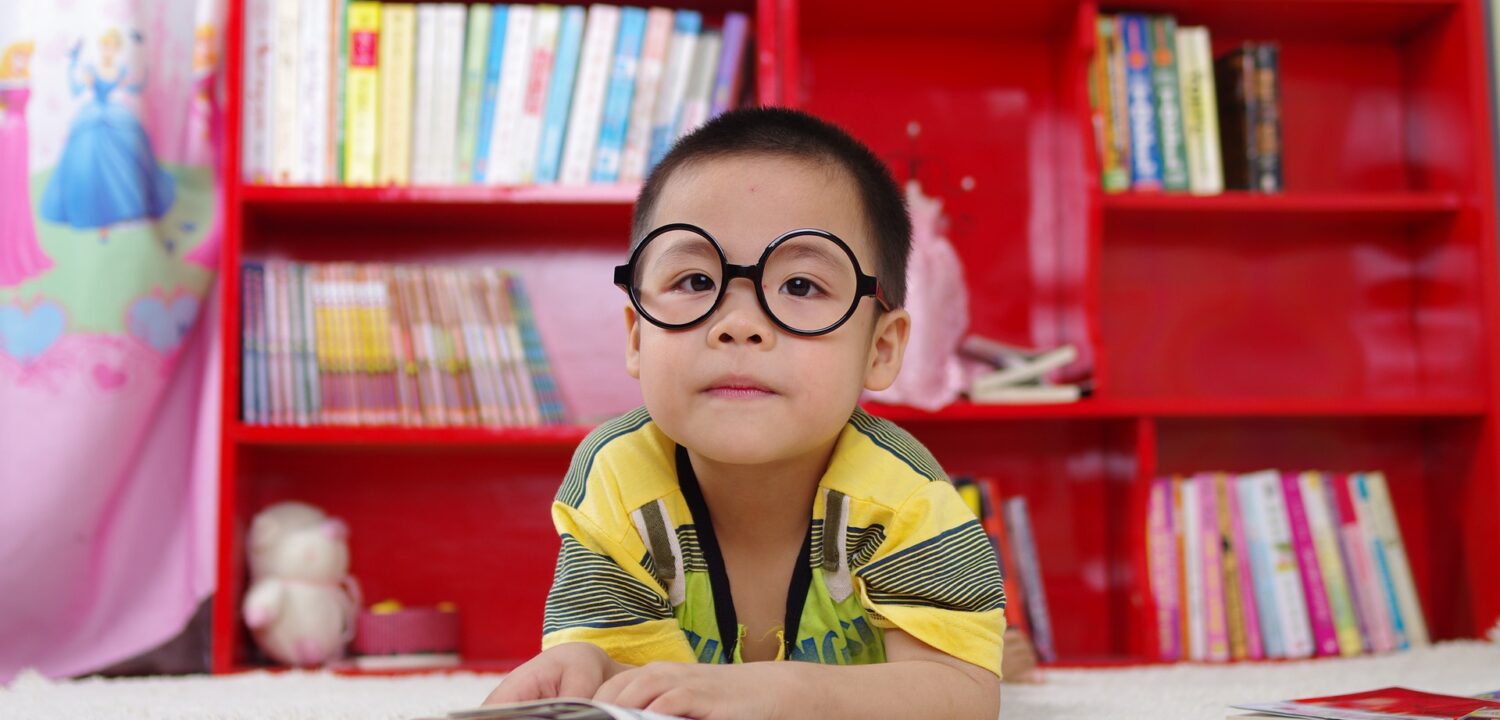
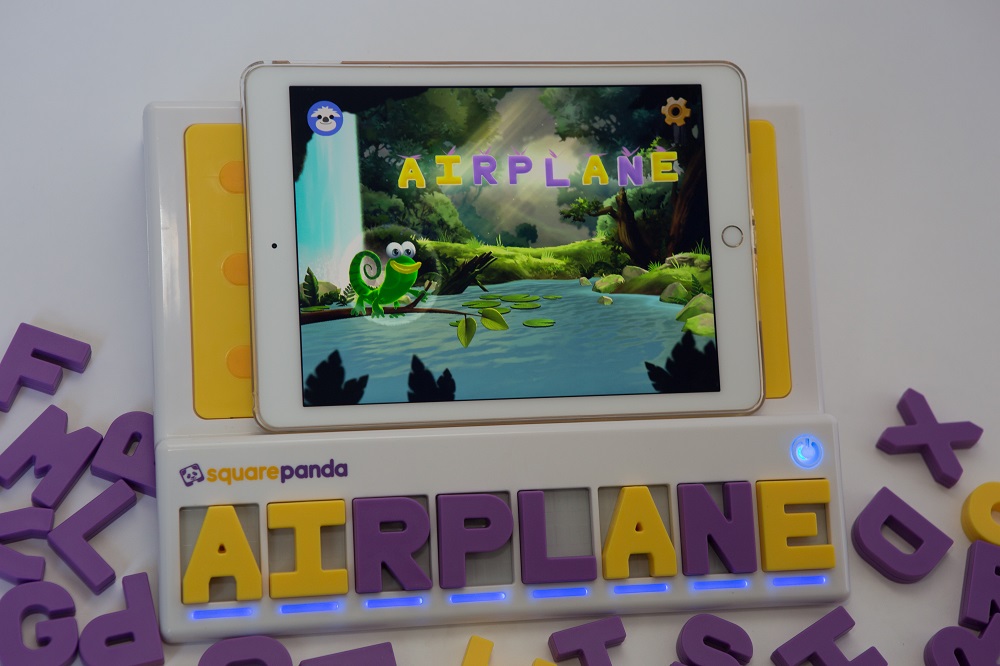

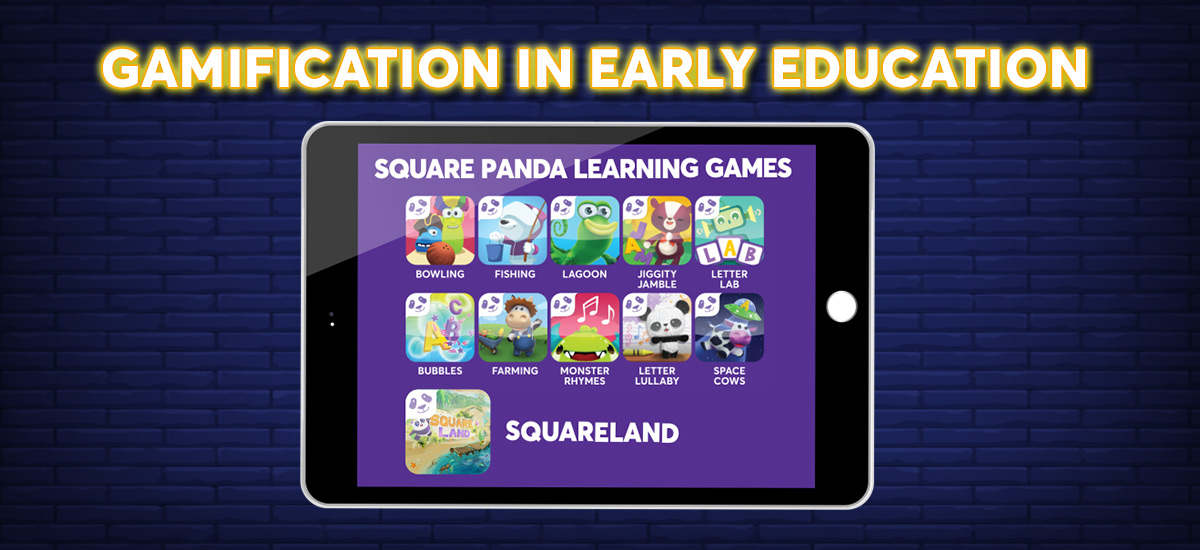



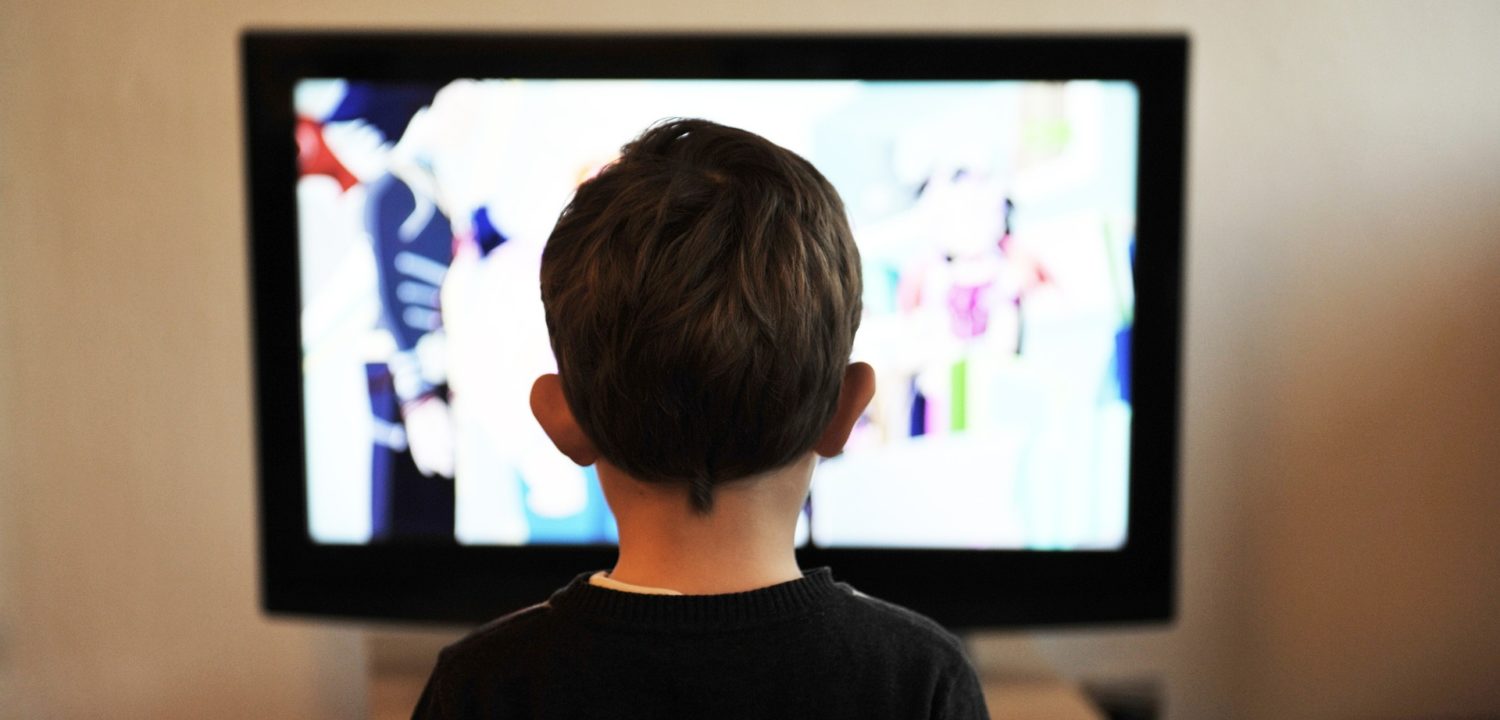




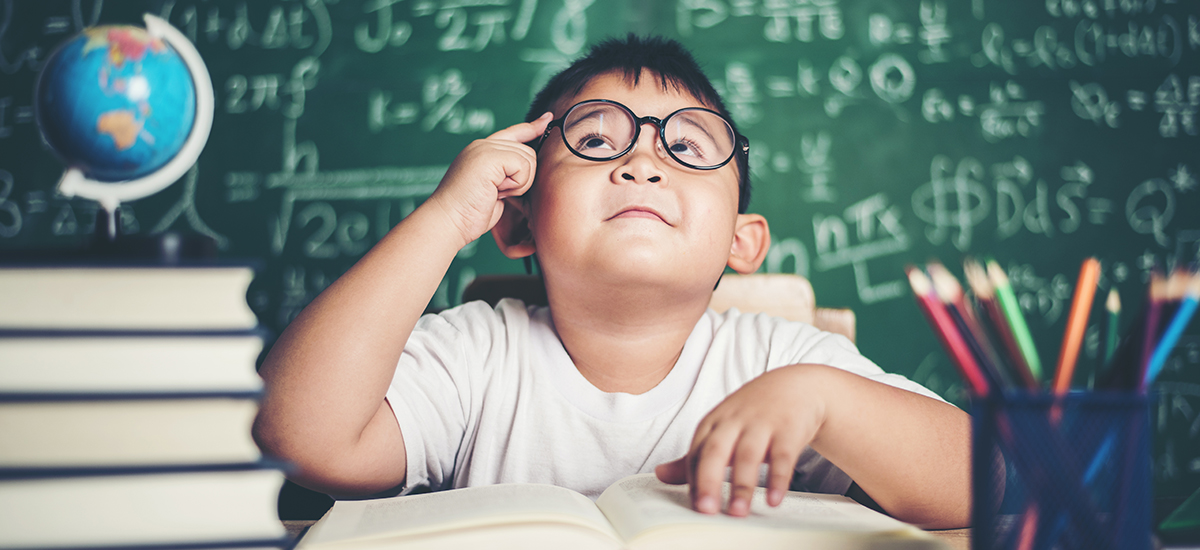


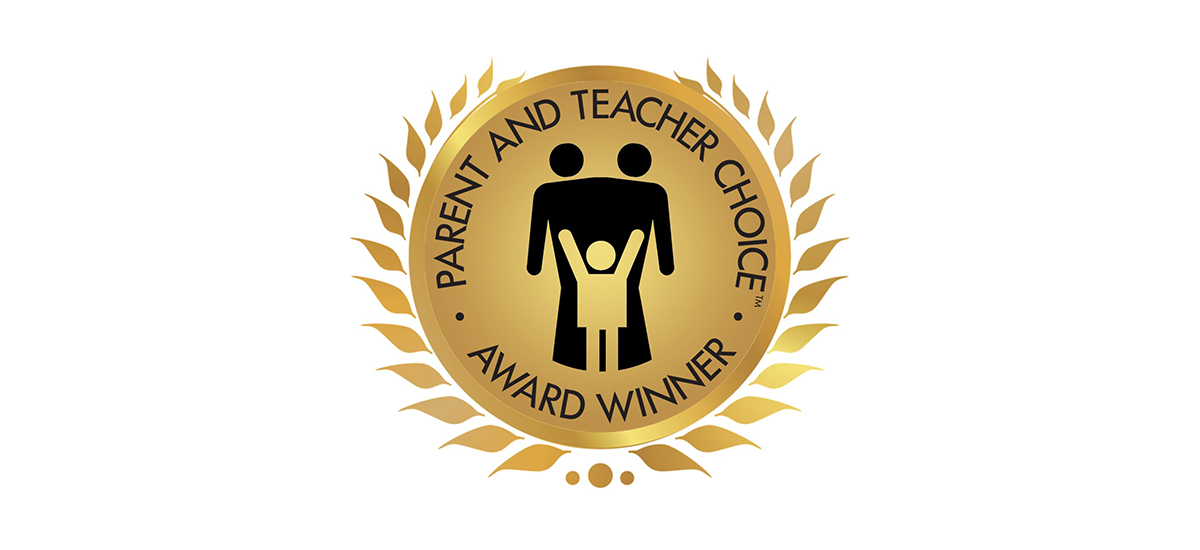



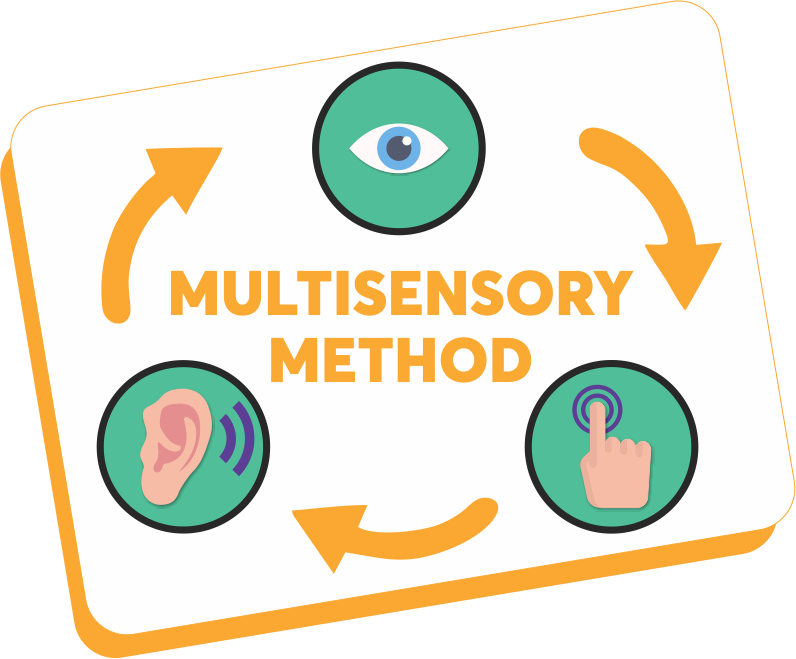














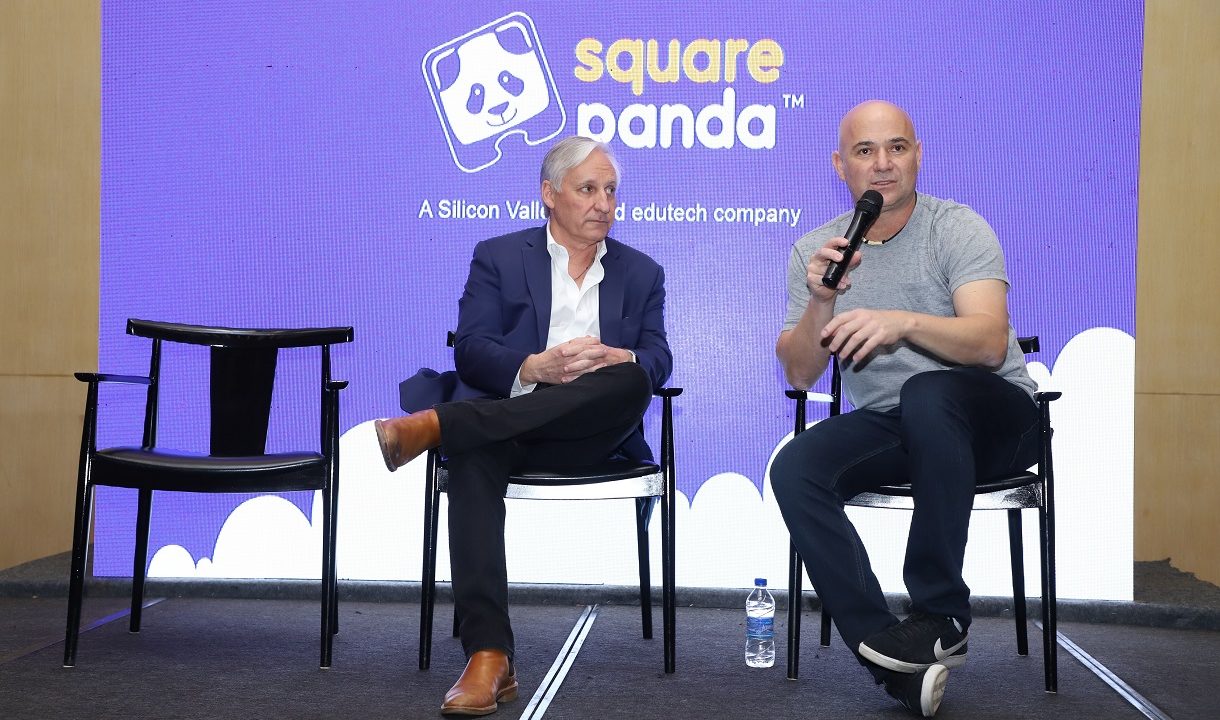






 especially when Guest of Honour Andre Agassi walked in.
especially when Guest of Honour Andre Agassi walked in.












 Panel Speakers (from left to right): Bhavin Shah-Moderator, (Director-CEO, Education World), Vani Shastri (Director at SEED & Seed Academy, Chennai), Nitya Ramaswami (Executive Mentor, Alfa Group of Schools), Bhargavi Ajit (Adapt India).
Panel Speakers (from left to right): Bhavin Shah-Moderator, (Director-CEO, Education World), Vani Shastri (Director at SEED & Seed Academy, Chennai), Nitya Ramaswami (Executive Mentor, Alfa Group of Schools), Bhargavi Ajit (Adapt India).








